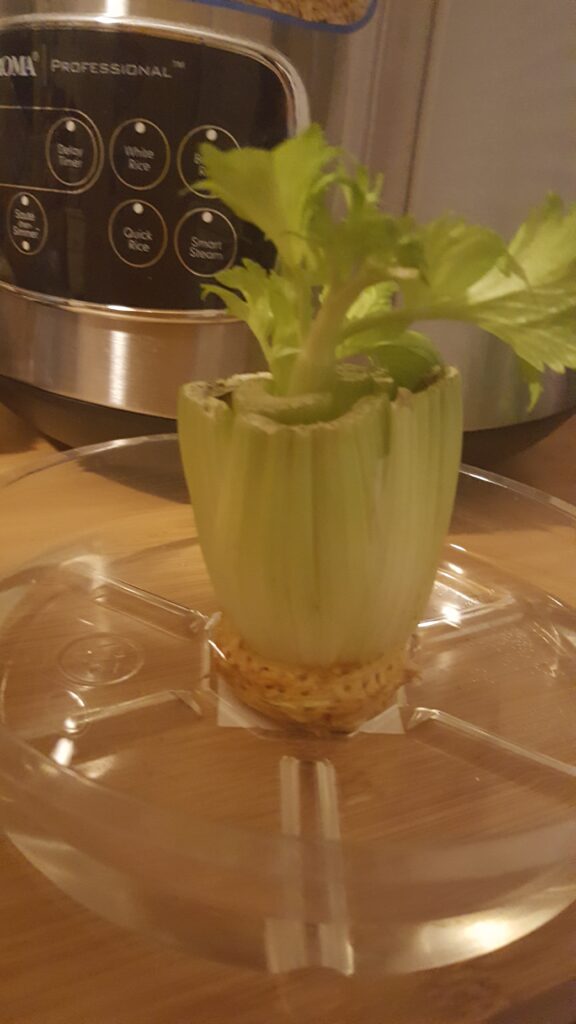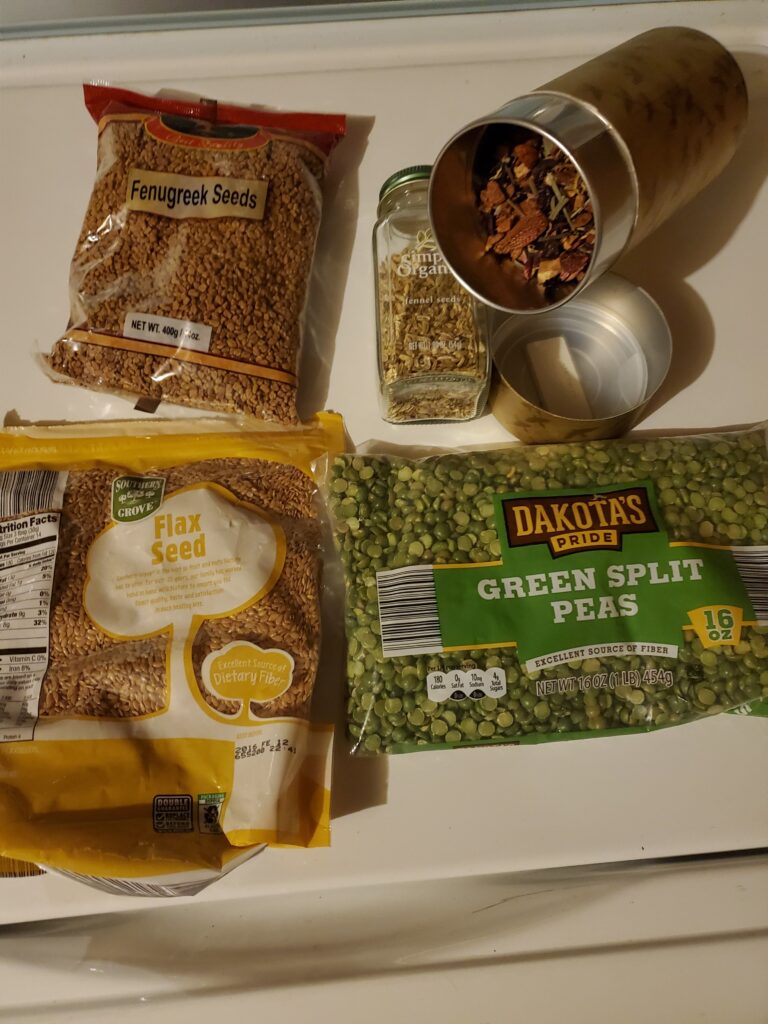So you decided to start a garden. Fantastic. But you don’t know how. Bummer.
Whether it’s been on your TO DO list, you are worried about the food supply, you don’t want to wear a mask to the grocery store, a lot of people want to start a garden right now.
Problem is, some states have deemed garden supplies non-essential. Now what? Don’t worry, I got you covered.
In this four-part series, I will walk you through starting a garden using things that you may already have in your house.
This is what you will learn
Table of Contents
- Where to look for things to grow
- How to prep the things that you found
- What to upcycle from your kitchen to get started
- What you can scavenge from your house to move your plants outside
Where to look for things
The first place you want to look is in your refrigerator. Do you have fresh fruits and veggies in there? Vegetables that have already sprouted are great candidates. The ends of vegetables that you would normally throw away are also great candidates. You can also try to grow the seeds of any fruits.
The cut ends of:
- Lettuce
- Cabbage
- Bok choy
- Carrots
- Onions
- Turnips
- Rutabagas
- Celery
The seeds from:
- Tomatoes
- Peppers
- Cucumbers
- Berries
- Citrus
- Avocado
Sprouted:
- Garlic

Next, look here
The second place you want to look is in your pantry. Do you have dried beans or peas? How about spice blends that contain seeds? Or tea, do you have tea blends with seeds? Beans, peas, and seeds that have not been cooked, pasteurized, canned or processed in any way may spout and grow.
For beans and peas, if you want to test them, try soaking them in water for a few hours or overnight. If they pop open and a tiny root tail comes out, they are likely viable. Just because they do not have root tails doesn’t mean that they aren’t viable but keep your expectations low. There is a certain amount of experimentation in gardening.
Dried:
- Beans
- Peas
- Lentils
- Popcorn
Spices:
- Fennel seeds
- Mustard seeds
Teas:
- Anise seeds
- Fenugreek seeds

Also, look here
The third place to look is in your garage. Do you feed the birds or squirrels? Do you have bagged birdseed or nuts? Here, you are still looking for seeds or nuts that haven’t been processed in any way.
Bird seed:
- Black sunflower seeds
- Peanuts
Now that you know where to look for things to grow, go collect your garden goodies and come back for the next lesson on how to prep these things for planting.



4 Comments
Matthew Medvecky · April 24, 2020 at 10:15 PM
I like your writing style and love gardening, though I have a serious black thumb. I’ll keep following and hopefully can get the kids involved in a few of these experiments too.
Quincey Adams · April 24, 2020 at 10:34 PM
Thanks Matt. I am glad that you like the blog. Let me know if you have any questions that I can help with. Good luck with your future garden experiments.
Jasmin Mau · June 3, 2020 at 4:40 PM
So, my family had a little garden with butter lettuce growing, among other things. At firat we would cut the tops off and leave the stalk and root to regrow. Eventually the lettuce became bitter.
If we use the stalk from store-bought lettuce to start/germinate, how many servings will we get before the leaves start to get bitter?
Quincey Adams · June 4, 2020 at 2:15 PM
Thank you for your comment and question. The lettuce becomes bitter because it doesn’t grow well in hot weather. When the weather gets warmer, the plant will start to go into its reproductive phase, called bolting. The heart of the plant, where the new leaves develop, will elongate. The plant will send up a flower stalk. If left, the flowers will get pollinated and will form seeds so the plant can reproduce. If you want to grow more lettuce you can wait for the seeds to develop and harvest them for next year.
Lettuce is an annual plant and usually, you can expect to harvest the top of the plant and get it to grow back three times before the plant is pretty much spent.